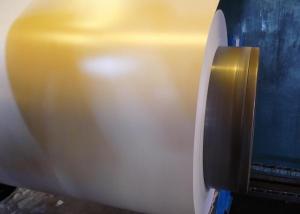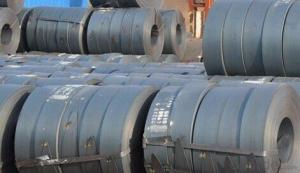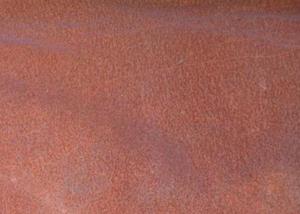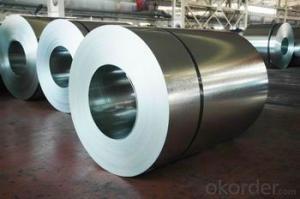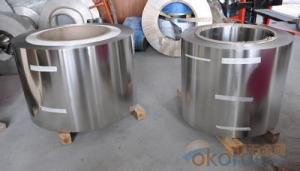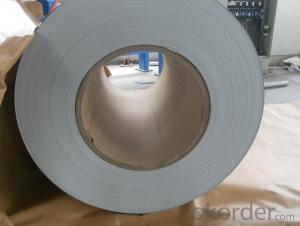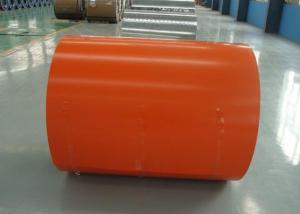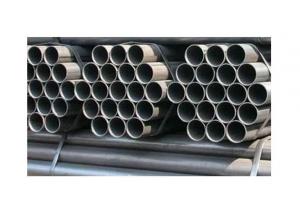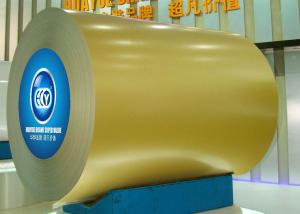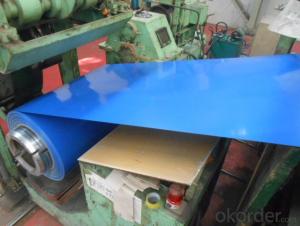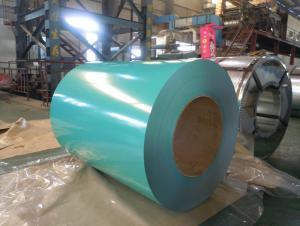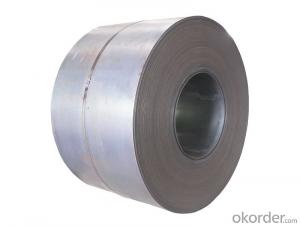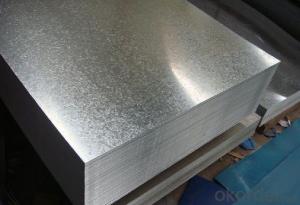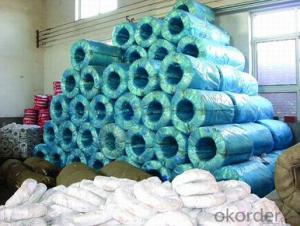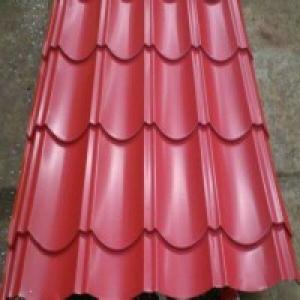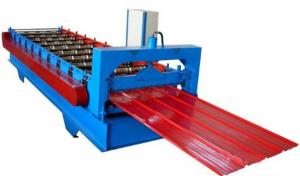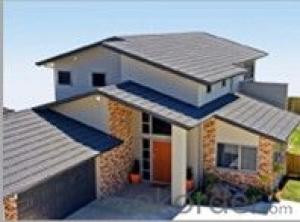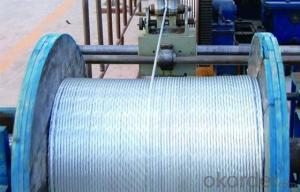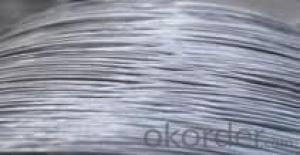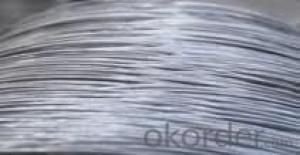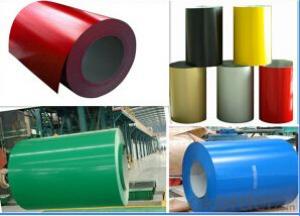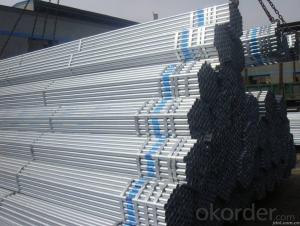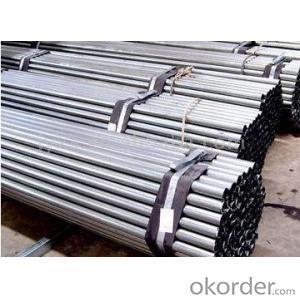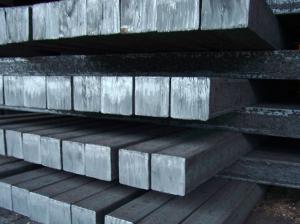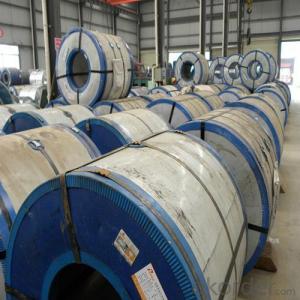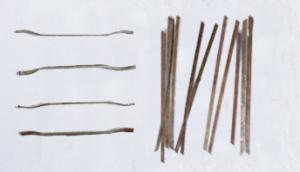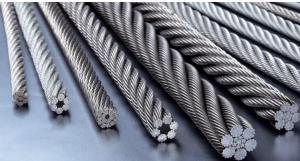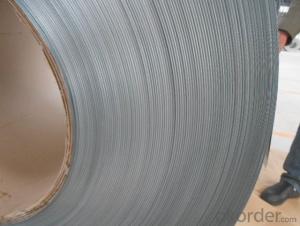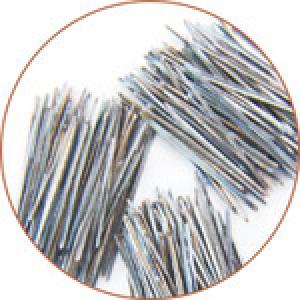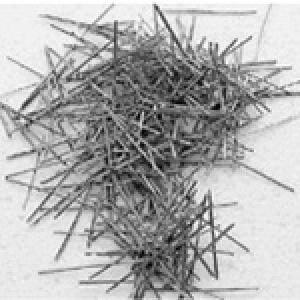Painted Galvanized Steel
Painted Galvanized Steel Related Searches
Galvanized Steel Paint Paint Galvanized Steel Painted Stainless Steel Painting Galvanized Steel Steel Galvanized Paint For Galvanized Steel Powder Coating Galvanized Steel Spray Paint Galvanized Steel Galvanized Stainless Steel Weld Galvanized Steel Rusted Galvanized Steel Galvanized Corrugated Steel Corrugated Galvanized Steel Colored Stainless Steel Galvanized Steel Panels Galvanized Tube Steel Galvanized Steel Tank Galvanized Steel Panel Rusting Galvanized Steel Painting Stainless Steel Galvanized Steel Piping Galvanized Steel Siding Patinated Stainless Steel Hot Dipped Galvanized Steel Best Paint For Galvanized Steel Paint Stainless Steel Stainless Steel Paint Painting Of Stainless Steel Galvanized Steel Post Painting On Stainless SteelPainted Galvanized Steel Supplier & Manufacturer from China
Painted Galvanized Steel is a type of steel product that has undergone a process of galvanization followed by painting, resulting in a durable and corrosion-resistant material. This process not only enhances the steel's resistance to rust and other forms of degradation but also provides a visually appealing finish that can be customized to suit various design requirements. Painted Galvanized Steel is widely used in construction, automotive, and appliance industries due to its strength, durability, and aesthetic appeal. It is particularly favored for applications where both structural integrity and visual appeal are important, such as in the manufacturing of roofing materials, fencing, and automotive parts.The product is utilized in a variety of scenarios where its protective properties and visual enhancement are beneficial. It can be found in outdoor structures that are exposed to harsh weather conditions, as well as in indoor settings where a sleek, modern look is desired. Painted Galvanized Steel's versatility makes it a popular choice for both functional and decorative purposes, offering a balance between performance and aesthetics.
Okorder.com is a reputable wholesale supplier of Painted Galvanized Steel, boasting a large inventory that caters to the needs of various industries. By offering a comprehensive range of products, Okorder.com ensures that customers have access to the specific type of Painted Galvanized Steel that suits their project requirements. This extensive inventory, combined with competitive pricing and reliable customer service, makes Okorder.com a trusted source for businesses seeking to incorporate this high-quality material into their products or construction projects.
